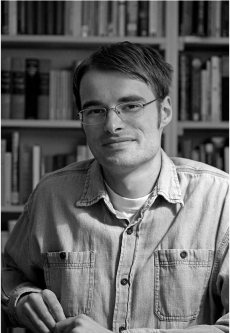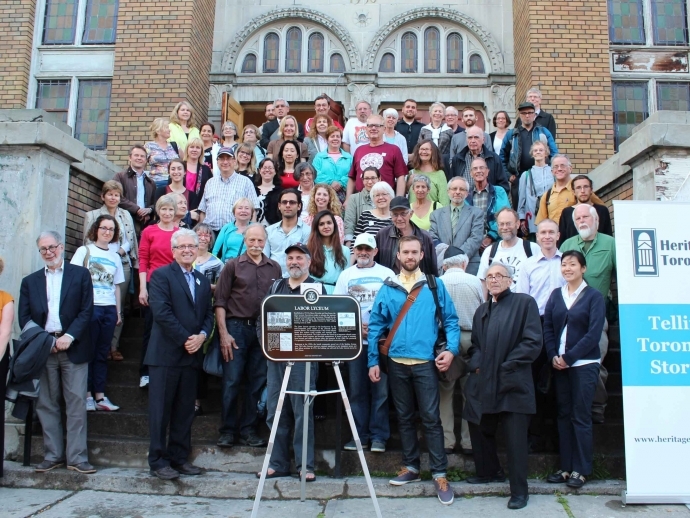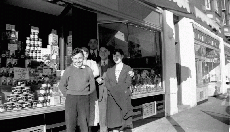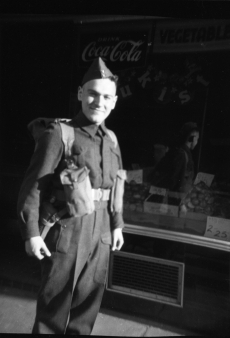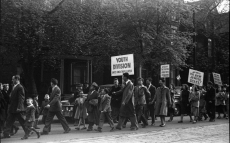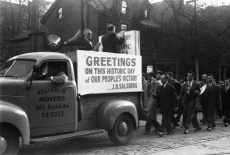Heritage Toronto plaques Baycrest Hospital
The Ontario Jewish Archives, Blankenstein Family Heritage Centre and Heritage Toronto invite you to join us for a plaque presentation commemorating the history of Baycrest, an exceptional facility dedicated to comprehensive geriatric care, as well as one of the world’s top research institutes in cognitive neuroscience.
The Baycrest Centre for Geriatric Care began as the Jewish Old Folks Home, an elder care residence established by the Ezras Noshem Society, a Jewish women's mutual benefit organization. These women initiated the fundraising for the Home in response to the lack of Jewish elder care in Toronto, particularly problematic in that Jewish seniors required kosher meals, and more significantly, the ability to communicate with their staff in Yiddish. In 1917, they were able to purchase a home at 31 Cecil Street, just southeast of College and Spadina and officially opened between September 1918 and January 1920.
The Home was originally run by a small staff and volunteers from the Ezras Noshem Society, but by 1938 was serving more residents than the house could hold, so the organization bought the houses at 29, 33 and 35 Cecil Street and expanded outward. By this point, the Home's services had also grown to include a hospital ward, recreational programming, and synagogue services.
By 1946 it was clear that there would be need for larger, more modern facilities, and a major fundraising campaign led to the construction of the current complex on Bathurst Street, opening in 1954 as two institutions, the Jewish Home for the Aged and Baycrest Hospital. Additions in the 1970s included the Baycrest Terraces, an apartment building for seniors, and the Joseph and Minnie E. Wagman Community Centre, which allowed Baycrest to begin offering social and recreational services for Jewish families as well as seniors.
In the last 30 years, Baycrest has made great strides specifically in terms of research and care for medical challenges that predominantly affect elderly populations, such as vascular disorders and cognitive difficulties. Its medical facilities are affiliated with the University of Toronto and are internationally renowned, all while it has continued to provide the care and religious and cultural programming relevant to its residents and surrounding community.
The plaque presentation takes place on Wednesday, May 28, 2014 at 11:00 am in the Silverman Garden Court at 3560 Bathurst Street. Speakers include Heritage Toronto Board member Brent Pearlman; Plaques and Markers Program supporter, Scotiabank’s Rene Kaliafian; City Councillor of Ward 15, Josh Colle; and OJA Board member Edwin Goldstein, who together will address Baycrest’s significant contribution to Jewish life in Toronto. To RSVP please visit http://heritagetoronto.org/event/jewish-old-folks-home-later-baycrest-plaque-presentation/
